The News-Hub/ Articles
Back to Articles
Recommended Articles
Is Sunscreen Environmentally-Friendly?
Sunscreen is an everyday essential in all our bathroom cupboards. Whenever you hit the beach, or actually follow the advice of health experts by wearing SPF when you head outside, sunscreen is the first thing on your checklist. But, did you know that your sunscreen poses a threat to the environment? In fact, according to International Programme on the State of the Ocean (IPSO) scientists, pollution, caused by personal care products such as sunscreen, is amongst the main contributing factors to ocean acidity and marine ecosystem destruction worldwide. Who knew that having a fun day at the beach could have such disastrous consequences for the environment...
What Ingredients in Sunscreen are Bad for the Ocean?
Many of the ingredients in sunscreen pose an environmental hazard, such as parabens and preservatives, but it’s the harmful chemicals in sunscreen that can wreak havoc on delicate underwater ecosystems. These include homosalate, octocrylene, avobenzone and octisalate; however, the most polluting and toxic chemicals to marine life are oxybenzone and octinoxate. That’s because these chemicals contain nanoparticles — tiny particles that, when they enter the ocean, are ingested and absorbed by a whole host of sea life.
These chemicals pose such a risk to marine environments that, in 2018, Hawaii passed a bill to ban the sale of sunscreens containing oxybenzone and octinoxate. Countries such as Palau and the Caribbean islands of Aruba and Bonaire have also imposed nationwide bans on products containing such chemicals. But, why exactly are these sunscreen chemicals so bad?
How Does Sunscreen Affect Marine Life?
The sunscreen we use rarely stays on our skin. When you lather yourself in sunscreen and take a dip in the sea, you’re inadvertently causing swimmer pollution through sunscreen wash-off. If you prefer to sunbathe, sunscreen can still cause a big problem — especially if you use an aerosol sunscreen — as it coats sand particles, which then wash into the ocean as the tide comes in. And the bad news doesn’t end there: sunscreen can find its way into oceans via sewage systems and waterways. This means that when you hop in the shower at the end of a long day after getting your daily dose of vitamin D on the mainland, you’re more than likely contributing to marine sunscreen pollution.
As a result, 14,000 tons of sunscreen enters the oceans every year, containing chemicals that pollute water. And this pollution affects marine life in several ways. Sunscreen pollution has been found to decrease fertility and increase the prevalence of disease in fish, which is detrimental to the population of already-dwindling species, impair photosynthesis in green algae, and damage the immune and reproductive systems of sea urchins. Sunscreen pollution can also alter the neurological behaviour of marine life, which threatens the survival of endangered species, such as the sea turtle.

Is Sunscreen Harmful to the Coral Reefs?
Sadly, yes. Coral reefs are extremely sensitive, which means that any changes in their surroundings, such as chemical concentration fluctuations caused by sunscreen pollution, can be fatal. A study has found that a concentration as small as 62 parts per trillion — equivalent to a single drop of water in 6.5 Olympic-sized swimming pools — of oxybenzone is enough to cause an existential threat to corals. But, what does this damage actually look like?
One of the main effects on coral reefs, caused by harmful chemicals in sunscreen, is bleaching. Bleaching is the process by which corals lose their vibrant colour, a product of microscopic algae called zooxanthellae. When met with a chemical that throws the reef’s balance out of whack, coral becomes stressed and expels the algae from its system. Zooxanthellae is crucial to the coral’s survival, meaning that a bleached coral is a sign of an unhealthy, dying coral reef system.
Sunscreen chemicals have also been found to permanently damage coral DNA, and hinder the growth and development of juvenile coral. This leaves a struggling and reduced coral population, unable to reproduce and replace bleached corals with healthy, new ones. It’s no wonder then that, although corals have existed for over 400 million years, due to human activity, over 50% of the world's reefs have been destroyed in the last 30 years.
This has disastrous consequences not only for coral reef systems but for entire marine ecosystems. Coral reefs support life for 25% of known marine species, including seahorses, turtles and fish, such as the commercially-important lobster and snapper. However, reef systems are found in just 1% of oceans. Therefore, the health of coral reefs is not only paramount to marine ecosystems but the food security of over one billion people worldwide.
If we carry on the way we are, by contributing to the pollution and warming of our oceans, scientists estimate that we will lose up to 90% of our coral reefs in the next 20 years. This is something that we cannot allow to happen.
So, what are the solutions to the problem and what can we do? Thankfully, you don’t need to sacrifice your skin for the sake of the planet. You can keep your skin healthy and happy with environmentally-friendly sunscreen. Eco-conscious sun-lovers rejoice!
Which Sunscreen is Environmentally-friendly?
Although not as prevalent as other eco-friendly essentials, such as plastic-free toothbrushes, there are a few ways to spot sunscreen that’s good for you and the planet. Look out for sunscreens that are mineral-only rather than chemical-based. These tend to be easy to spot as non-nano titanium dioxide or zinc oxide will be listed as their main active ingredient, in place of oxybenzone. These don’t contain any pesky chemical nanoparticles, which means that they can’t be absorbed by the ocean’s reefs and marine life. Cream sunscreen formulas are also preferable to aerosols, as there is less opportunity for the product to contaminate the landscape.
You can check if a sunscreen is environmentally-friendly via Haereticus Environmental Laboratory’s website or by looking out for products that are Protect Land + Sea Certified. A ‘Marine Safe’ icon (or equivalent sign of certification in the country of manufacture) on sunscreen packaging also assures you that you’re buying coral reef-safe sunscreen.
Some well-known brands offering coral reef-safe sunscreen include Badger, NIVEA and Alba Botanica. You can discover more eco-friendly sunscreen brands with this guide from Ban Toxic Sunscreen here. As well as being good for marine life, many mineral sunscreens are animal-friendly too (not tested on animals, are vegan, etc.) — it’s a win-win for the environment!
Which is the Safest Sunscreen?
Just like with chemical-based sunscreens, not every sunscreen offers the best protection for your skin. That’s why, when choosing a coral reef-safe sunscreen, there are a few things to keep in mind to ensure that it’s also a safe sunscreen. First, check for a high sun protection factor (SPF). The higher the SPF, the more protection you have against harmful ultraviolet radiation. Look out for the phrase ‘broad spectrum’ on the packaging too. This means that your sunscreen blocks out both UVA and UVB rays, which can cause skin cancer, and offers a high level of protection. It’s also good to look for water-resistant sunscreens, as these can be more efficient at protecting your skin from sun overexposure when you’re enjoying a dip in the ocean.
When trying any new healthcare product, make sure you do your research. Some companies claim to produce ‘marine-safe’ or ‘reef-safe’ products, however, as the use of such terms isn’t regulated, these claims may be false. Make sure that you buy from reputable brands, check that they’re certified and that any claims they make can be backed up with research or scientific evidence — for your sake, and the coral reefs’.
Also, remember that sunscreen shouldn’t be your only defence against the sun. Keep to the shade when the sun’s at its hottest and cover up as much as possible to prevent your skin from sizzling in the heat. And, don’t forget to apply your eco-friendly sunscreen regularly!

Photo by Rachel Claire from Pexels
Have you found a sunscreen that’s environmentally-friendly that you love? Let the Purple Turtle community know in the comments below so that we can all start enjoying the sunshine, without destroying our oceans.
Empty content. Please select category to preview

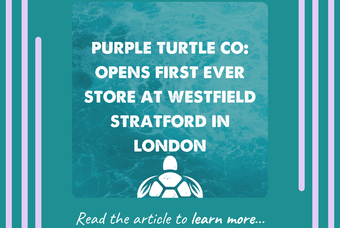

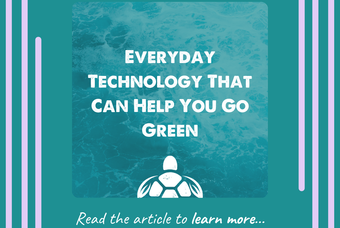

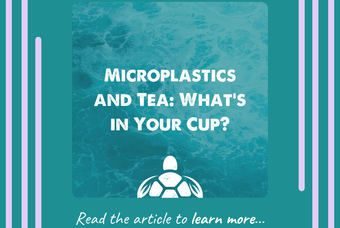
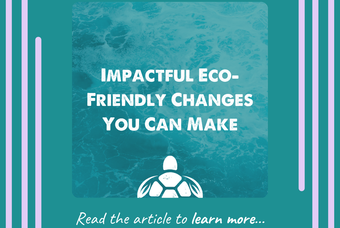
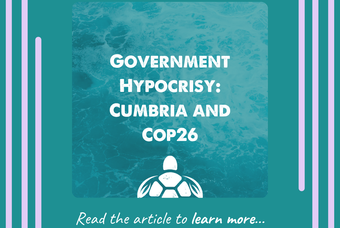
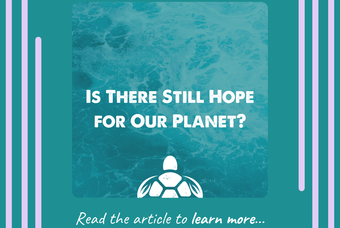
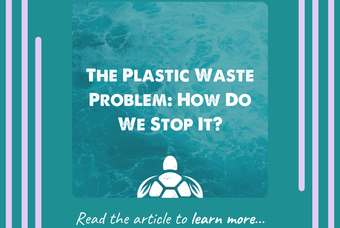

0 comments. Write a comment